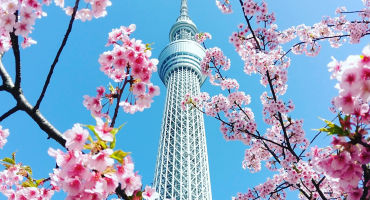Japan’s unique path toward activism
Globally, but particularly in the US and Europe, activism has a long history that began as a battle between company management teams and owners/shareholders regarding distribution of profits. The concept of activism emerged when the separation of management and ownership progressed as stock markets expanded to raise capital not only from owners but also from public investors.
Comparatively, Japan has experienced a unique path toward activism because of its cross-held share structure, main-bank-led capitalism, groupthink mentality both in companies and investors, etc. Before the term “activist” was introduced, the concept conjured up negative images such as “vultures” and corporate raiders. There were even examples of antisocial group blackmailing and extortion attempts against companies that demonstrated what we now think of as activist behavior, citing scandal evidence.
To protect from those ”vultures,” as well as foreign capital intruders, companies and main banks that provided financial capital to companies formed cross-held share systems called mochiai in the 1960s through the 80s. Under this mochiai system, main banks and stakeholders (also known as keiretsu, or group conglomerates) controlled governance with almost no room for activists to come into play. The strength of this system was such that, in 1990, when US corporate raider T. Boone Pickens bought meaningful shares of Toyota-group auto-parts manufacture, Koito Manufacturing, he lost against Toyota group stakeholders and their main bank groups. In the period following World War II, Japan’s economy was an unbreakable fortress of closed capitalism — on one hand, this insulated the country from foreign capital intruders, but on another, it prevented healthy activism from penetrating.
However, in the 1990s, several financial crises burst the economic bubble in Japan, unwinding the mochiai system and triggering changes in the ownership structure of the Japanese stock market (Figure 1).



Japan equity: Reason to believe
Continue readingBy
Toshiki Izumi, CFA, CMA